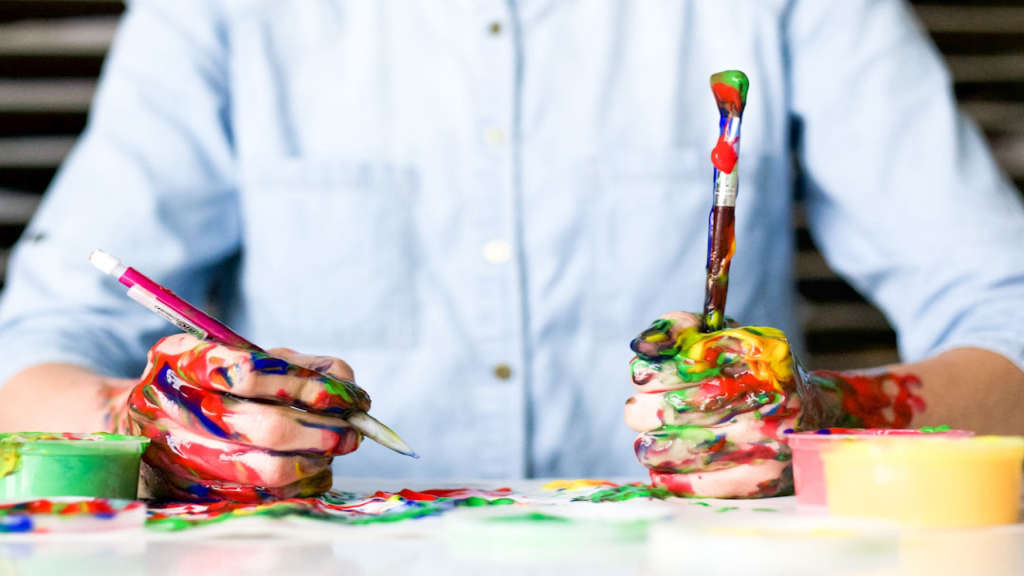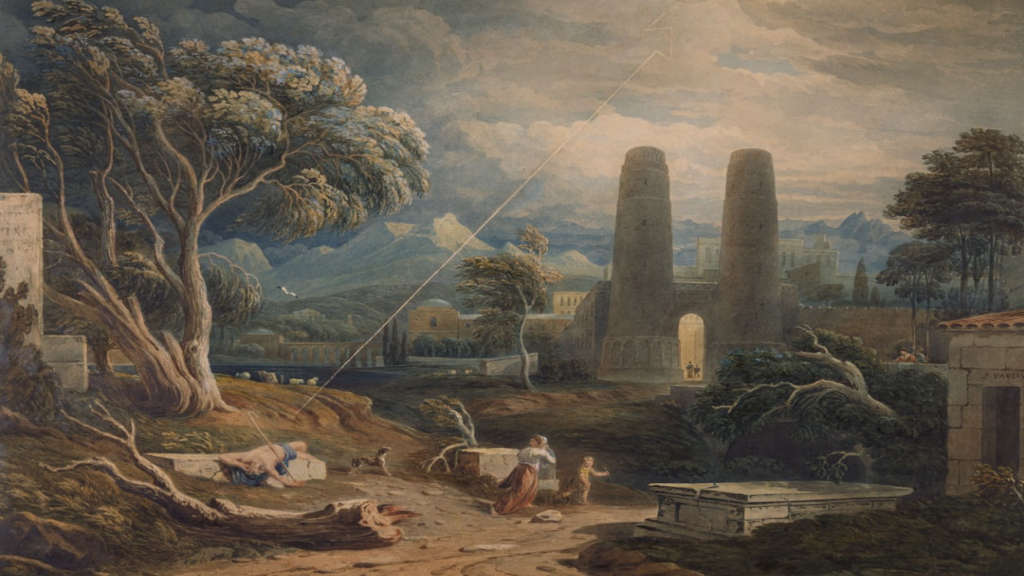In a rapidly evolving world, we often overlook the profound effects that Modern Artworks and Their Impact can have on our understanding of reality. These creations challenge our perceptions and provoke thought, often leading us to question the very essence of what we see. As we navigate through vibrant colors, abstract shapes, and unconventional forms, art invites us to explore different perspectives and emotions. In this exploration, we will delve into how contemporary artworks influence our daily lives and reshape our comprehension of the world around us.
Main Points
- Understanding the essence of Modern Artworks and Their Impact on societal norms.
- Exploring emotional responses elicited by contemporary art.
- Discussing how artists challenge our perception through innovative techniques.
- Reflecting on the evolving relationship between art and viewer interpretation.

Challenging Conventional Narratives: The Role of Modern Art in Shaping New Realities
Modern art serves as a pulsating heartbeat of contemporary society, constantly challenging conventional narratives. This artistic movement does not merely reflect reality; it actively reshapes it. Artists employ varied mediums to provoke thought and evoke emotions, leading viewers down paths of unexpected insights.
Key Contributions of Modern Art
- Innovation: Artists continuously experiment with techniques and materials, breaking boundaries and inviting new interpretations.
- Diversity: The movement encompasses various styles, ensuring that multiple voices represent diverse experiences and backgrounds.
- Engagement: Modern art encourages active participation. Viewers are not just observers; they become part of a collective dialogue.
In a world often tethered to traditional expectations, modern art emerges as a beacon of possibility. It challenges perceptions, suggesting that reality is not a fixed entity but rather a fluid concept shaped by individual perspectives. Artists like Banksy and Yayoi Kusama dismantle existing ideologies, creating spaces for thoughtful engagement.
Thus, one could argue that the role of modern art transcends aesthetics, tapping into the essence of human experience and, in turn, redefining our shared narratives. Embracing this fluidity not only enriches our interpretation but also broadens the spectrum of what we deem possible in our reality.

Perception and Perspective: How Contemporary Art Invites Us to See the World Differently
Contemporary art acts as a mirror, reflecting our perspectives while simultaneously distorting them. It challenges our ingrained notions of beauty and meaning. Often, we find ourselves confronted with pieces that evoke confusion but provoke deep thought. This juxtaposition is crucial; it not only invites dialogue but stimulates our emotional responses.
The Role of Emotion in Art
Art engages us on a visceral level. When we interact with a piece, the feelings it elicits can be overwhelming. This emotional connection often leads to varied interpretations among viewers. One person might see chaos, while another perceives harmony. The confusion here is intentional; artists craft their work to transcend conventional limits.
Seeing Beyond the Surface
Furthermore, contemporary art encourages us to look deeper. It asks questions about our world, our values, and our very existence. What does it mean to coexist in a chaotic environment? This exploration often reveals uncomfortable truths about society and ourselves.
| Emotion | Perception | Perspective |
|---|---|---|
| Joy | Subjective | Individual |
Finally, as we dive into the world of contemporary art, we often wrestle with conflicting emotions and thoughts. It’s in this space of confusion that we might just find a clearer vision of our reality.
The Psychological Impact of Modern Art: Influencing Emotions and Shaping Thought
Modern art, with its myriad forms and interpretations, serves as a mirror reflecting the complexities of human emotions. This intriguing subject not only captivates the eye but also engages the mind in a profound dance. When one gazes upon a piece of abstract art, the immediate reaction isn’t merely aesthetic; it often stirs a visceral response. The vivid colors may elicit feelings of joy or unease, while the chaotic arrangements provoke introspection.
Challenging Perceptions
Artists intentionally blur the lines between reality and abstraction to challenge our perceptions. Admittedly, this can lead to confusion, as we grapple with our interpretations. Some viewers might feel lost, pondering the artist’s intent, while others may find personal resonance in the chaos. This complexity creates a rich tapestry of thought, integrating our own experiences into the artwork.
Moreover, as our world evolves, so does our understanding of art’s role in society. It becomes a powerful tool for communication, often addressing pressing social issues. In this context, art is not just a reflection but an influence—shaping thoughts and occasionally igniting change. Thus, the psychological impact of modern art transcends mere visual stimulation, inviting us to connect, reflect, and sometimes, transform.
Conclusion
In conclusion, the world of modern artworks continues to challenge and inspire us in ways that are both profound and personal. These pieces often reflect our deepest emotions and societal issues, provoking thought and conversation. The impact of modern artworks extends beyond mere aesthetics; they resonate with our experiences and notions of identity. Moreover, they encourage us to look closer at the world around us. The conversation surrounding modern art remains vibrant and essential, as it invites us to explore the complexities of human existence. Embracing these creations not only enriches our appreciation of art but also enhances our understanding of ourselves and each other. As we engage with these innovative expressions, we foster a more inclusive and empathetic perspective toward diverse narratives and experiences.
Frequently Asked Questions
What defines modern art?
Modern art refers to artistic works produced from the late 19th century up until the 1970s, characterized by a departure from tradition and a search for new forms of expression. It emphasizes innovation and challenges established norms.
How has modern art influenced contemporary culture?
Modern art has significantly influenced contemporary culture by encouraging individuality and creativity. It has changed the way art is perceived and has fostered the exploration of new mediums and techniques in various artistic fields, including design, architecture, and music.
Why is modern art often considered controversial?
Modern art is often considered controversial because it challenges traditional aesthetics and societal norms. Many modern artworks provoke thought and debate, leading to varied interpretations and emotional responses that can be polarizing among audiences.




